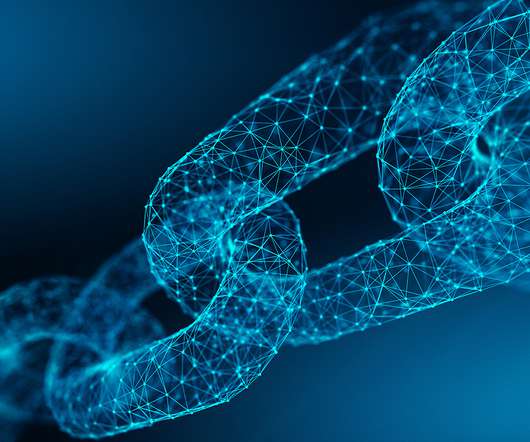Cybersecurity Research Topics for Beginners: Exploring the Fundamentals
CyberSecurity Insiders
MAY 28, 2023
Network Security: Study network protocols, such as TCP/IP, and analyze common network attacks like DDoS, phishing, and man-in-the-middle attacks. Research network security mechanisms, such as firewalls, intrusion detection systems (IDS), and virtual private networks (VPNs).
























Let's personalize your content